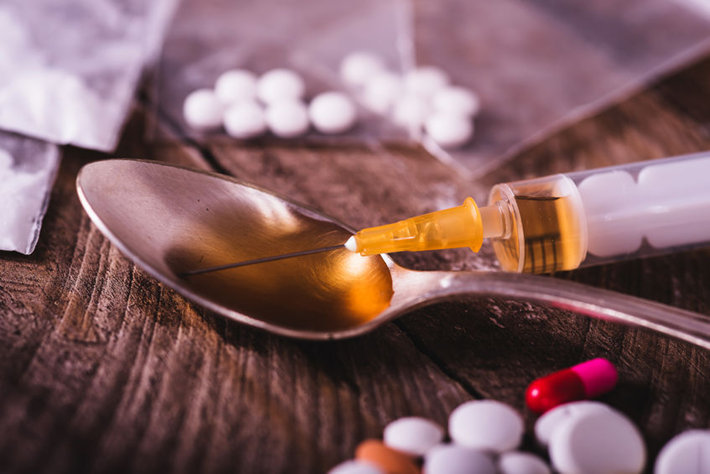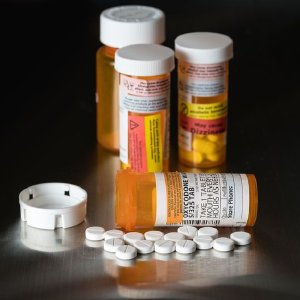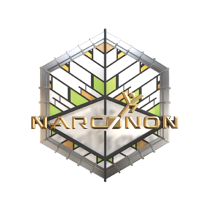How Prescription Meds Can Lead to Heroin Addiction

There are many things in life that can have limited usefulness when used sparingly but devastating effects when abused, and prescription medications are a perfect example of this. The main problem with prescription medications is that few individuals truly understand them and their potential side effects, and will simply trust in the advice and recommendation they have received from a medical professional. Unfortunately, when it comes to opioid painkillers, the risks of abuse, addiction, and other devastating effects are incredibly high.
The Truth About Drugs and Opioid Painkillers
All drugs are chemical substances that interact with the body in order to produce physiological changes. This is true whether you are speaking about aspirin or heroin. Individuals usually choose to take drugs because the physiological changes that are produced include the suppression of undesirable sensations, such as pain. This benefit can have limited usefulness in the medical field, where some individuals may not be able to cope with chronic and severe pain and therefore are unable to rest well so their body can heal properly. A drug medication that helps to block the body’s communication of pain so that the individual can rest and heal can be seen as useful--at least until it becomes tolerated and depended upon. Once a drug is tolerated or depended upon, it is no longer useful and has become a detriment to the body, interrupting and altering its normal patterns of functioning.
Opioid painkillers are among the most potent and addictive prescription medications currently in existence. These drug substances are not very dissimilar to the illicit drugs opium and heroin in that they quickly enter the brain once ingested and bind to opioid receptors in order to block the body’s communication of pain. In addition to pain relief, the individual who takes opioids often feels a sort of euphoria that drives them to want more. Unfortunately, in many cases, an individual assumes that their opioid medication is the permanent solution to a problem of chronic pain, and they are permitted to have too much for too long before their doctor finally “cuts them off.”
Prescription drug abuse statistics across the country indicate that opioids are the second most highly abused drug after marijuana, and the fact that prescription opioids are now controlled by stricter mandates has not changed the fact that they have created and continue to create an addiction problem. By the time the individual is no longer able to obtain more prescription opioids through legal channels they are often already addicted, and due to highly uncomfortable opioid withdrawal symptoms, they will desperately search for some way to continue feeding their addiction. This is where many individuals turn to heroin—it’s often more easily found and obtained than prescription medications and can help the individual experience even higher highs.
Heroin Facts
Heroin abuse and addiction problems are not new to our country; in fact, heroin was highly popular during the 1970s and 1980s. However, its use declined in subsequent decades—until opioid painkillers came on the scene and heroin began to be considered a cheaper alternative to prescription opioids. The Centers for Disease Control and Prevention has indicated that heroin use has increased one hundred nine percent between the years of 2002 and 2014 and that forty-five percent of heroin addicts have admitted that they were once addicted to prescription opioids. According to drugabuse.com, individuals who are addicted to opioid painkillers are forty times more likely to become addicted to heroin as well.
Taking Action
In some cases, an individual who is addicted to opioid painkillers or heroin will reach out for help. However, in many other cases, they are so deeply trapped in their addiction problems that they need the help of a family member or friend to step out onto the path for recovery. Following are the basic signs of a heroin addict:
- Possession of drug paraphernalia such as burnt spoons, tiny baggies, small glass pipes, syringes, and rubber tubing.
- Changes in appearance such as tiny pupils, sleepy eyes, flushed skin, sloppy appearance, long sleeved clothes, and runny nose.
- Changes in behavior such as a tendency to nod off suddenly, slow respiration, nausea and vomiting, scratching, slurred speech, constipation, and lack of appetite.
If someone you know is suffering from heroin addiction, contact Narconon Arrowhead today at 855-646-8505 so they can receive the immediate recovery help they need.


